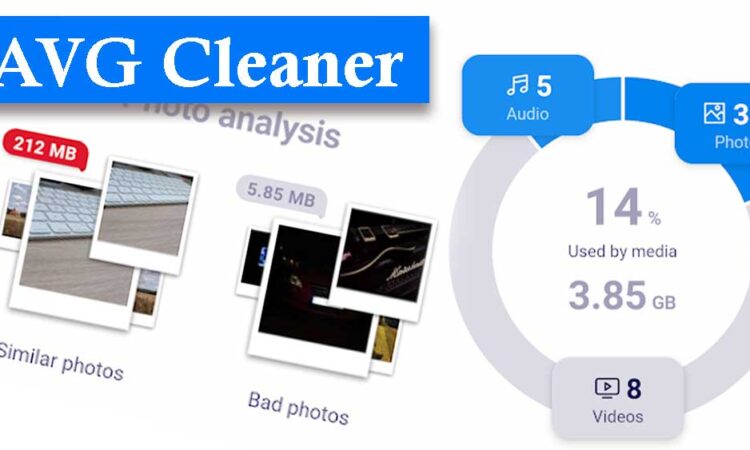

It contains the purchase order, the shipping receipt, and the invoice. When the minimarket receives the order, the content of the delivery is compared to the order to make sure everything was received.Īt such a point, a voucher is issued. The manager of the fresh food department orders 50 pounds of meat and fish, and the owner initiates the order to approve the delivery. Example of VouchersĪ small minimarket orders fresh food from its supplier every few days. In such a way, it is easier to assess who is responsible for what. The vouchers create a paper trail, which documents all of the people involved with that particular transaction, as well as their tasks associated with that transaction. On the other hand, the vouchers are used internally to reduce the risk of misconduct by employees and deter them from colluding to steal company assets. Thus, the vouchers are used to justify and document the cash payments of the company. Thanks to the voucher, the auditor in charge can easily verify that all the goods purchased, or the services paid, were actually received by the company. By law, public companies are subject to an audit procedure that verifies the veracity of the information in the financial statements. Vouchers are particularly important when an audit is performed. After the voucher’s been paid, it will be registered as a paid voucher, and the proof of payment must be attached. The first type (payment due) is registered on the balance sheet as accounts payable. Vouchers that refer to an invoice already paid.Vouchers that have an outstanding balance due and.The graph below shows the process of preparing a voucher:Ĭonsidering the information above, you can see that there are two types of vouchers:

The proof of payment, which is included in the voucher documentation.The signature of an authorized representative at the company (such as the head of the accounts payable department) that validate the purchase and the payment.The general ledger accounts – needed for accounting reasons.The receipt that confirms that the company received the goods or the services stated in the invoice.The initial purchase order made by the company.The data for the payment (amount due, including a possible discount and due date for the payment).The data of the supplier to be paid (name, address, telephone number).When the company receives the supplies with the invoice, instead of releasing the payment immediately, it creates a voucher as a reminder of the payments due or as a statement of the payment already made.Ī voucher can include various supporting documents. They can be paid with an allowed delay that can vary between 30, 60, or 90 days. In business-to-business transactions, often the payments are not due immediately. The voucher authorizes the payment of the invoice in one lump-sum that will be written on the balance sheet. Once the voucher is issued, it means that the invoice’s been checked, and it’s been confirmed that it needs to be paid. In other words, a voucher is a supporting document for an invoice received by the company. The mechanism ensures that each payment made by the company is previously authorized and that it is appropriate for the goods or services received based on the pre-existing agreements. In each company, there exists an accounts payable department that is in charge of making payments that are due to its creditors and suppliers.Ī voucher is a backup document needed to initiate the procedure of collecting and filing all other documents required to settle a liability.Īn important feature of the internal accounting of a company is the control mechanism. It can be seen as a “memorandum” of the liabilities of the company, and it is used to authorize a payment. A voucher is an internal document within a company that is issued by the accounts payable (AP) department.


 0 kommentar(er)
0 kommentar(er)
